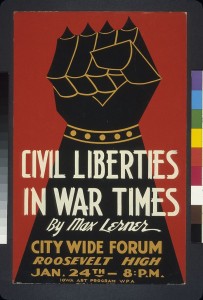 Over the next three months there will be weekly [ish] posts with writing and readings. Learn with me, talk back to me and each other.
Over the next three months there will be weekly [ish] posts with writing and readings. Learn with me, talk back to me and each other.
To get started and read along, I suggest the following:
“Contributions to a Resistance Visual Culture Glossary†by Nato Thompson, http://journalofaestheticsandprotest.org/new3/thompson.html
Peruse Beautiful Trouble: A Toolbox for Revolution, edited by Andrew Boyd, www.beautifultrouble.org
Thoughts and Questions
Western, US society-at-large claims that the only routes to legitimate change are through laws enforcing policy-based and institutional rules. Panoptically visible instances of protest that develop and support revenue streams and mass believability, accreditation through canonization or lawyers. But these methods show their fallacy through their participation in systemic destruction; in collusion with the oppressors. These are the same systems that deliver such travesties of justice as the prison system and detention centers: beauracracy instead of safety. They deliver fear and scarcity-based responses like conversations about COINTELPRO, and the threats of grand juries: truth and information becomes a power-grab and a commodity. If the state is corrupt, it can not save us with it’s accepted forms; instead of leveraging politics on a state level, politics on a cultural level is being ever more employed. [One example the radical mytho-PR programme of the Zapatistas].
Art history doesn’t quite yet know how to address works that are extra-institutional, politicized, and have an intention. In the words of visual cultural art critic Nato Thompson, “it is the total lack of classically defined utility that leads to the signpost for most things arty.†He suggests that a radical critical approach is to ask “not “is it art?†but “what does it do?â€
And the fact that this exploration of use-value is non-institutionalized that both makes this study important and demonstrates that useful acts of resistance are not – and I think can not be— recognized by traditional sites of power because they operate using non-institutional methods. Ones that do not require money, degrees, experts [lawyers, profs], or permission. Where this resistance lives, comes from, and how to grow and perpetuate it is what is interesting to me and what this study aims to understand.
